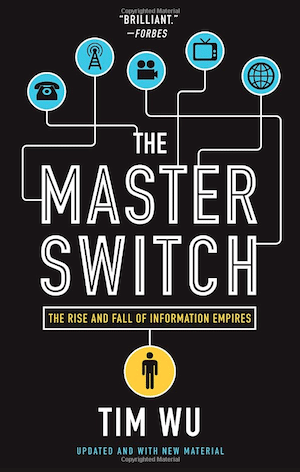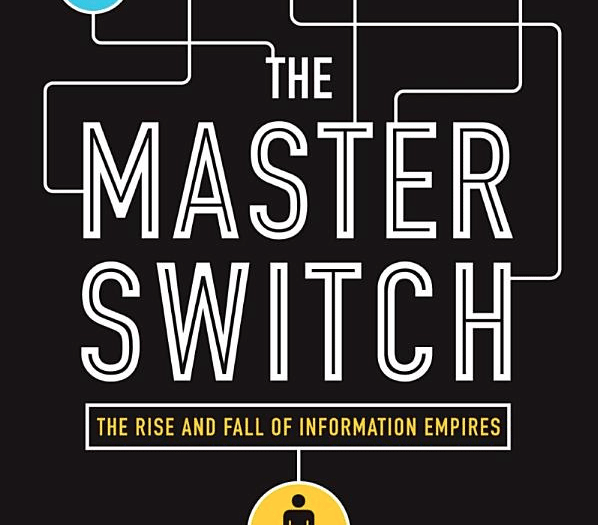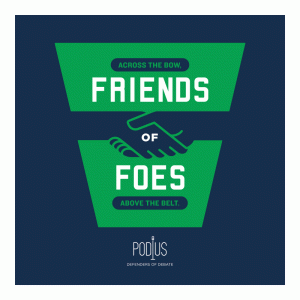 If you’re following the Stop Online Piracy Act (SOPA) hearings, you’ll find that this digital land grab by the government follows “The Cycle,” the same rise, capture and fall of every significant communications empire dating back to the telegraph. AT&T’s failed $39 billion play for T-Mobile is another example of the cycle as explored in the book The Master Switch.
If you’re following the Stop Online Piracy Act (SOPA) hearings, you’ll find that this digital land grab by the government follows “The Cycle,” the same rise, capture and fall of every significant communications empire dating back to the telegraph. AT&T’s failed $39 billion play for T-Mobile is another example of the cycle as explored in the book The Master Switch.
It’s all about creative destruction, the fuel that propels free markets.
Author Tim Wu is a former tech writer from Silicon Valley who is a professor at Columbia Law School. This is an enlightening journey through the typical arch of American communications industries: From tinkering in the garage to a life-changing industry; from half-backed contraption to must-have production marvel; from a freely accessible channel to one strictly controlled by a single entity; from open to closed system.
Eventually, entrepreneurs and innovation smash apart the closed system, and the cycle starts anew. Is SOPA the start of the natural constriction of the open web – the most verdant field for social innovators and communicators that we have know in our lifetime – and a natural continuation of the cycle? Will a resurgent AT&T eventually capture T-Mobile to expand their empire and once again monopolize telecommunications, another revolution in its cycle?
One of the interesting themes that threads throughout The Master Switch is the Marxist concept of “Creative Destruction,” popularized and applied by Austrian-American economist Joseph Schumpeter during the early to mid 1900’s. The free markets are based on creative destruction, the invention/birth, maturity and destruction of a product, service or industry, its demise caused by similar innovation that created it. Often, according to Wu, the inadvertent self-destruction of the successful endeavor that has reached the masses is at the hands of its creators whom go from risk-taking inventor to risk-adverse monolithic corporation or cartel that becomes vulnerable to individuals innovating. David falls Goliath.
“All knowledge and habit once acquired becomes as firmly rooted in ourselves as a railway embankment in the earth. The very nature of fixed habits of thinking, their energy-saving function, is founded upon the fact that they have become subconscious, that they yield their results automatically and are proof against criticism and even against contradiction by individual facts.” – Schumpeter
As a green marketer, you are a storyteller for sustainability. You have the master switch; the megaphone to reach your customers and stakeholders. You are also the innovator and risk-taker fighting the good fight against the mindset of, “That’s the way we’ve always done it.” I believe we are all still pioneering and learning how to make sustainability work. We must be the fearless inventors tinkering in our sustainability garages and continuing to challenge the status quo. We are at the very beginning of the cycle. It’s an exciting time, and one we are privileged to be part of.
Read The Master Switch and see how the rise and fall of these communication innovators and empires directly parallel the rise of green marketing and sustainability within our firms and the public conscious.
Can you share an example of creative destruction in your experience with green marketing and sustainability?











